
Daughter #2 was perfectly suited physically for doing the dance moves, but in class, she just did not follow very well. It turns out that her 4-year-old self thought she was doing everything as directed, but all we saw from the outside was a little girl standing there doing nothing, or coming in with actions and moves that were out of sync with the music and the rest of the class. We thought that she had no sense of rhythm and was uncoordinated or something. Little did we know that her little brain was working overtime. She was deep in her own world in her mind doing the most marvelous steps. I worried so much that she was not ready, or worse, had no talent, that I elected to take her out of dance classes until she showed some promise. We thought dance would just not be her "thing."
Years later, that daughter, developed many talents in singing, art, and drama, but especially in dance. She loved to choreograph. This is where her ability to imagine in her mind the movements of large numbers of people on the stage came in handy. She even decided to make human performance and dance her major in college.
One of the most interesting things she did during her college years was to work a season at Disney World "animating" or bringing the Disney cartoon characters to life. Because of her ability to choreograph and act, she was great at doing movements that were unique to the various characters she portrayed. Each cast member could portray several characters according to their height range and how they fit the costumes. They also had to be able to master signing the autographs of the characters they portrayed. This was a delightful adventure for her.
Keep it fun and SHORT!
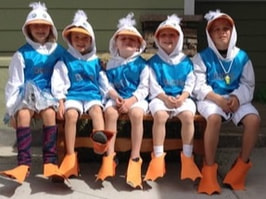
The Duck Family has a very animated dance in "The Tale of Chicken Licken."
They sing and do morning exercises to "Off to the Races." They exercise to be strong and ready to always beat the Goose Family down to the lake to look for worms.
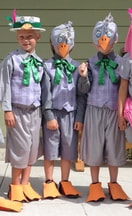
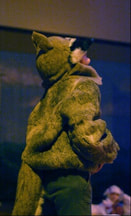
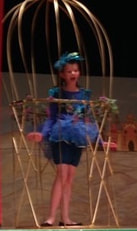


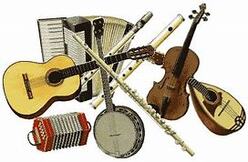
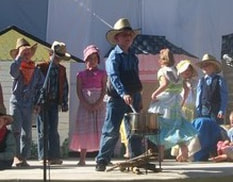

 RSS Feed
RSS Feed